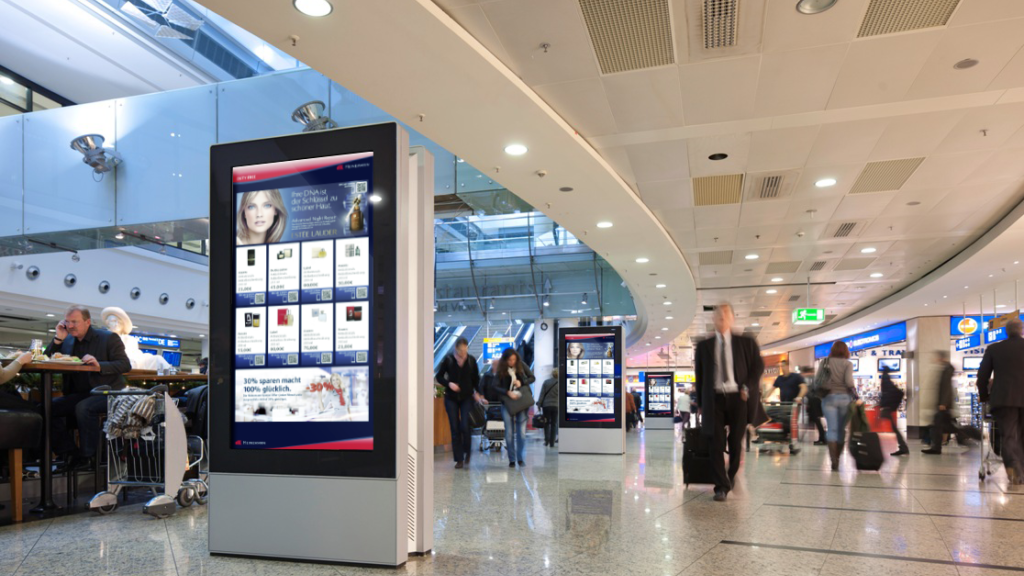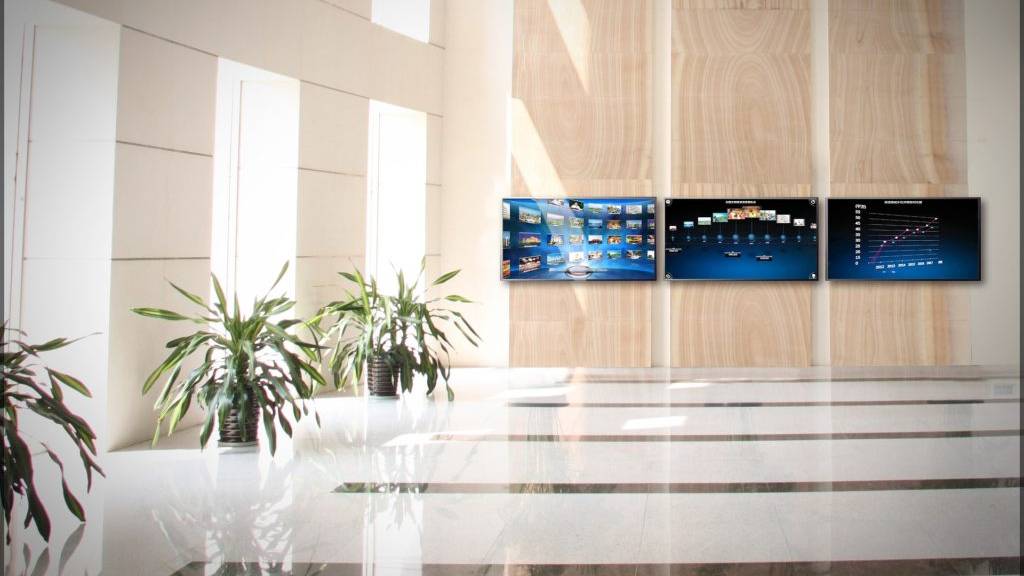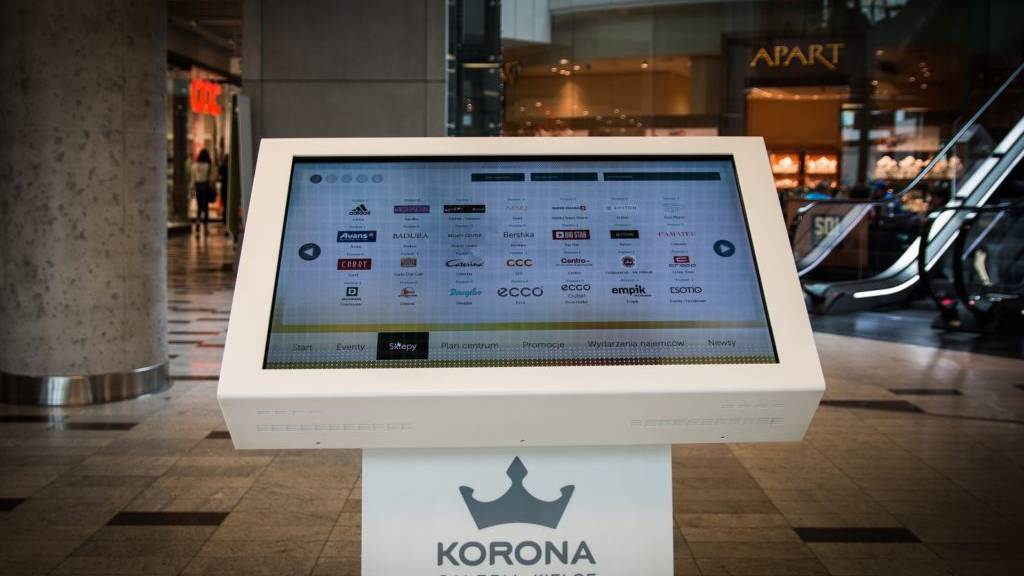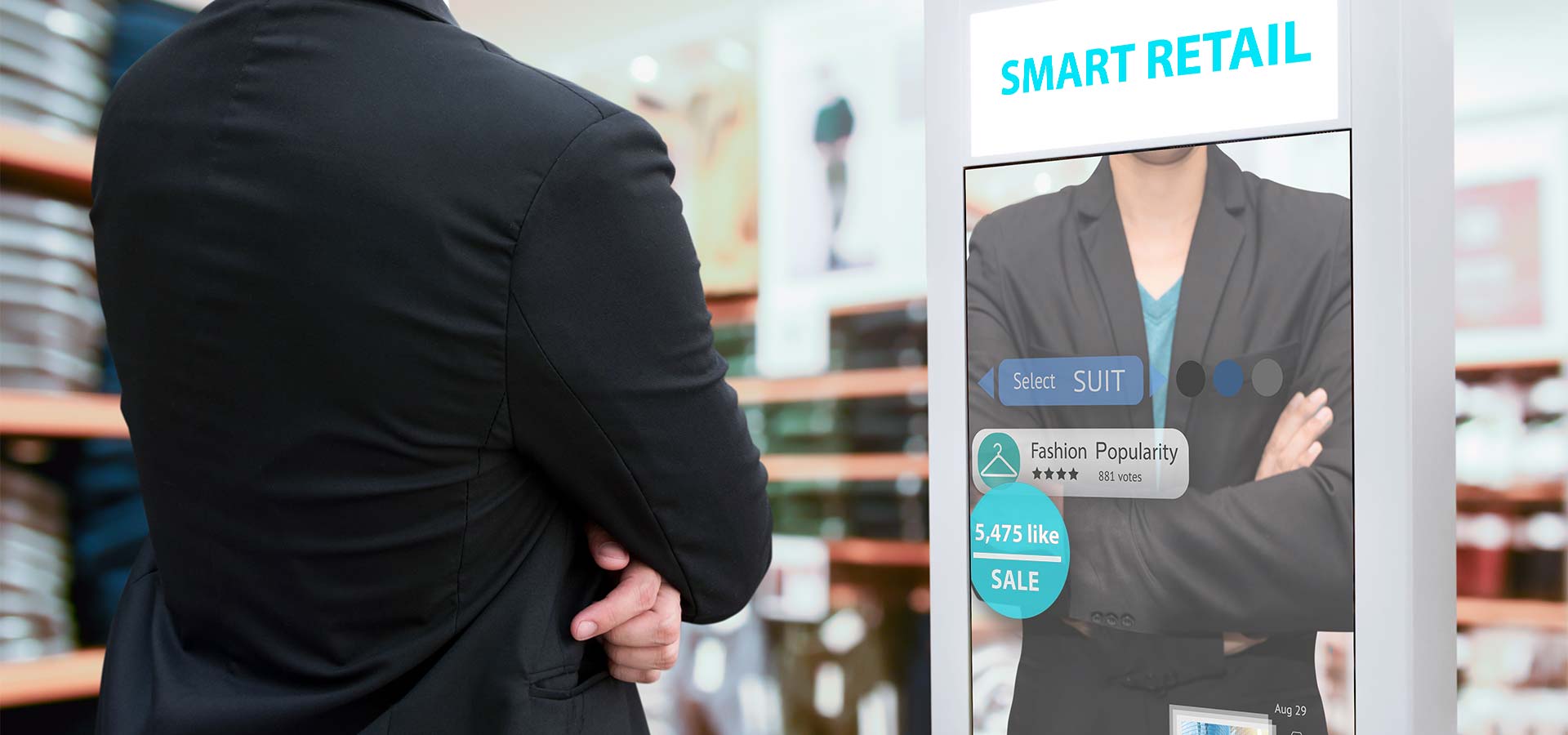Point of Sale goes digital, new focus on Cross-Channel-Services
Most consumers today use online and stationary retail selectively. This means that they choose whether to buy online or stationary depending on the situation and needs. Only one-third of the population in Germany count as traditional retail shoppers, preferring to buy over the counter.
This consumer behavior has three direct effects on retailers:
1. Customer Frequency
Visiting a stationary store is no longer a requirement automatically set within the minds of consumers. Online retailing offers an alternative shopping option with great potential. Thus, customer frequency in stationary stores is overall declining.
2. Personalization
Customers leave behind a great deal of data online, which can be automatically analyzed and used in recommendations for cross-selling and upselling. This is additionally perceived by the customer as added value and not as a problem.
3. Selection and Information
Consumers who shop in brick-and-mortar stores have high expectations of retail stores. For online purchases, consumers are accustomed to extensive assortments, details, and a simple as well as convenient product selections. Thus, they are increasingly demanding the same from brick-and-mortar stores.
Challenges of Digital POS
Retailers face the enormous challenge of meeting customer’s expectations in their local stores as well. In addition, consumers are well informed in retail stores and have constant access to knowledge and comparison offers thanks to smartphones. Sales staff must be prepared for this and also be very well informed in order to meet the customer’s expectation of an expert for the product to be purchased. Only then can competent advice take place at eye level, which is seen as added value by the customer. Digital technologies in particular can provide sales staff with optimum support and bridge barriers to customer demands.
Retailers – especially small and medium-sized businesses – face major challenges in implementing this:
- Businesses needs access to suitable technology and needs to properly understand how to implement it.
- Limited human and financial resources as well as declining margins can make implementation more difficult.
- Digital services at the POS help retailers make stationary shopping faster and easier. In this way, customer expectations can continue to compete with traditional online store in terms of brand experience and customer focus.
Digital services at the point of sale support staff in providing advice, satisfying consumers’ need for information, improve the brand experience through personalized experiences, and can integrate other digital channels in a targeted manner. Digitization does not replace advice in this regard, as two out of three consumers believe that the best digital services are of no use if in-store advice is poor.
Meaningful integration of brick-and-mortar stores into cross-channel sales is the trend in retail. This allows retailers to grow more efficiently, reduce costs, and increase customer satisfaction in the process.
Conclusion: Point of Sale Digitization
Digitization of the sales room offers stationary retailers many opportunities and few real risks. Customers can be better served thanks to comprehensive analytics and good personalization as it is finally possible to improve the sales process with appropriate targeting.

Virtual Shopping Shelf – Example

Digital Signage – Example

Information Hubs – Example

